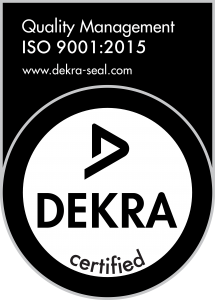Direct Jet Inkjet Flatbed Printer FAQs
Wondering how to max out the print quality of your Direct Jet flatbed printer? Check out our list of direct-to-substrate inkjet printing FAQs. Includes information for printing on golf balls, glass and wood.
We have additional FAQ pages set up for our Multisolve™ Ink Sets:

